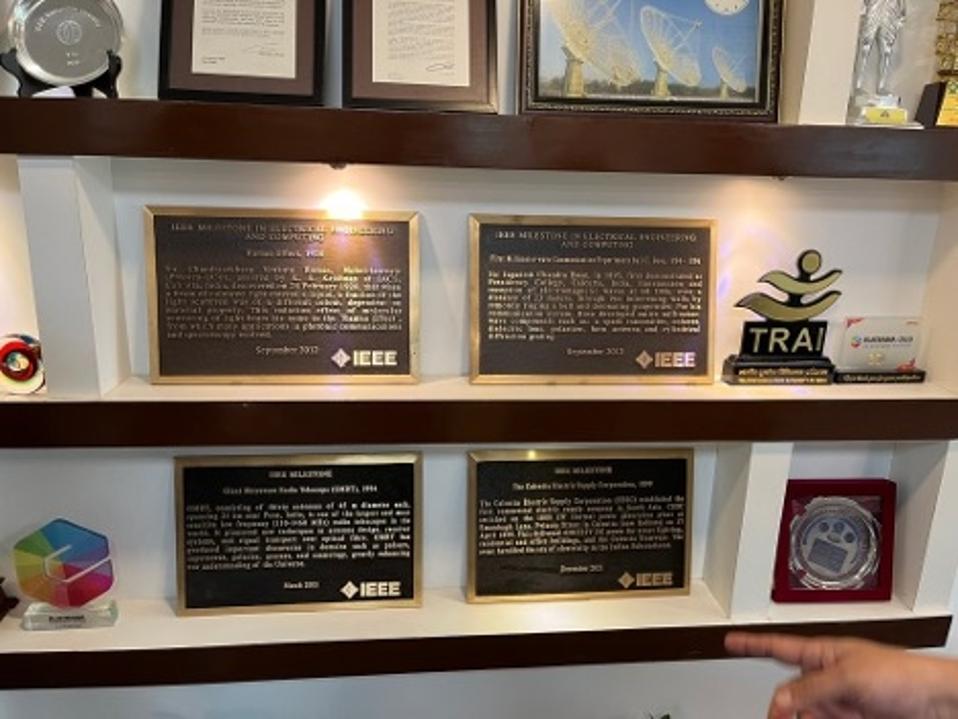Continual advances in technology drive much of the world’s economy. These include more recent developments such as the wide-spread implementation of AI. But there is a long history of technical innovations that have changed our world. In order to recognize this history of innovation and to encourage the continual advances in technologies that serve humanity IEEE runs an active IEEE Technical Milestone program.
The IEEE Milestone program recognizes significant technical achievements that occurred at least twenty-five years ago in an area of technology represented in IEEE and having at least a regional impact. These milestones and the celebrations of their recognition attest to the global development of the technologies that support the modern world. They are available for the public to visit and find out more about the how these important technologies were invented and their impact on our lives.
Fields for IEEE Engineering Milestones include Engineering, Computer Sciences and Information Technology, Physical Sciences, Biological and Medical Sciences, Mathematics, Technical Communications, Education, Management, and Law and Policy.
During the last year and a half, I have had the honor of participating in several IEEE milestone celebrations, most recently for the Funuro Electric Fish Finder in Osaka, Japan in April. I also looked for and visited many existing milestones during my travels as IEEE President. During a visit to IEEE headquarters in New Jersey in late 2023 I visited the site of two IEEE milestones associated with Thomas Edison. The first was at the location of Edison’s Menlo Park laboratory.
The other was for the West Orange, NJ Edison laboratory and factories. However, at that time we were not able to find the West Orange plaque. The plaque was finally found overgrown with vegetation, and this was cut back to make it visible again. I was able to get a picture with the plaque a week ago when visiting New Jersey again, see below.
IEEE has a site where people can contribute selfies with these milestones at: https://ethw.org/Milestones:Milestones_selfies. An interactive map of IEEE milestone locations can be found here: https://ethw.org/Map. The greatest number of IEEE milestones can be found in North America, followed by Europe and then Asia. Japan has been very prolific in their creation of IEEE milestones with several more being dedicated in 2025.
There are currently close to 300 IEEE milestones that have been dedicated, given approval for dedication, or due to be approved in the next few months. This is a program of the IEEE History Committee, administered through the IEEE History Center. These milestones recognize achievements ranging from Experiments and Observation on Electricity by Benjamin Franklin in 1751, the development of telegraphy, the early generation and distribution of electric power, to more recent developments including the Internet, radar, computing, transistors, LEDs and gravity wave detection.
Milestones are proposed by any IEEE member and are sponsored by an IEEE Organizational Unit—such as an IEEE section, society, chapter or student branch. After recommendation by the IEEE History Committee and approval by the IEEE Board of Directors, a bronze plaque commemorating the achievement is placed at an appropriate site with an accompanying dedication ceremony.
IEEE established the Milestones Program in 1983 in conjunction with the 1984 Centennial Celebration to recognize the achievements of the Century of Giants who formed the profession and technologies represented by IEEE.
IEEE runs an active technical milestone program to recognize significant advances in technology and to encourage the continual advances in technology for the benefit of humanity.

